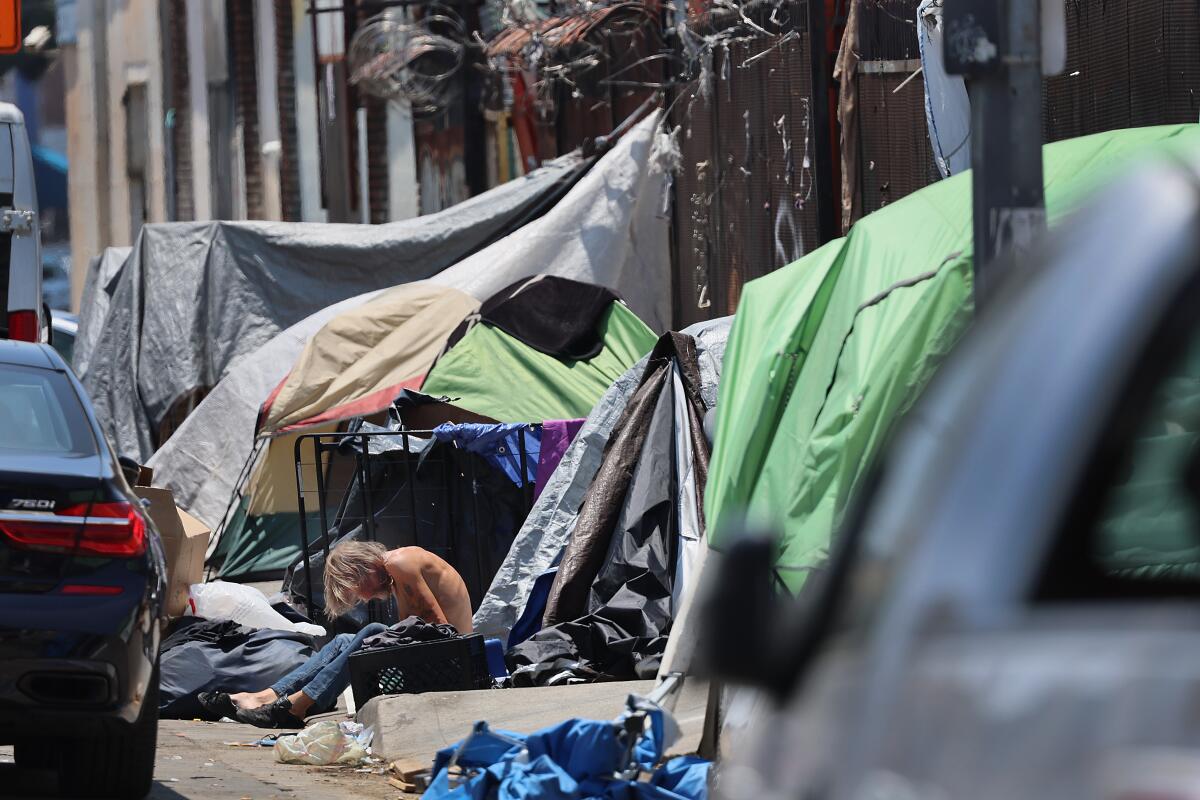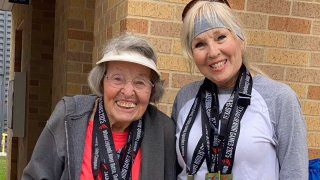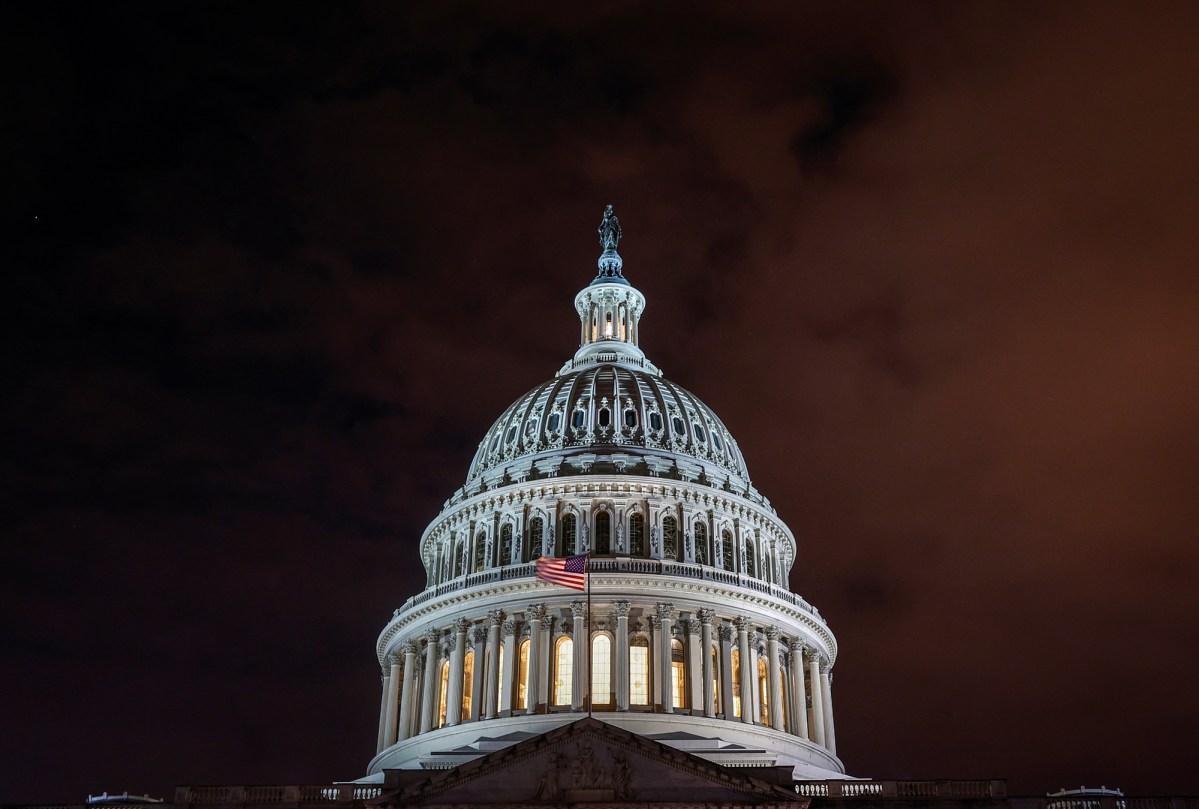Hollywood and Venice saw a significant decrease in homeless encampments last year, but the number of people sleeping on the streets without a tent, car, or makeshift shelter remained constant, suggesting that the gains may be more difficult to maintain going forward, according to a recent Rand research.
In the three regions Rand examines, the overall number of homeless persons without shelter decreased by 15%, marking the first decline since the project’s inception in 2021. However, a 9% rise in Skid Row helped to partially offset the 49% drop in Hollywood and the 22% drop in Venice.
The authors of the paper noted that public measures that have expanded permanent and temporary housing, including Mayor Karen Bass’s Inside Safe program, have probably had a favorable impact. However, they concluded that those left behind present a bigger difficulty.
According to the December 2024 count, over 40% of all unsheltered people were rough sleeping.
According to main author Louis Abramson, living in a tent is no longer the norm for homeless people in Los Angeles.
While there appears to be genuine progress in getting individuals off the streets, Abramson stated that those who remain on the streets are the most at risk. The trend of the figures is different from that of the acuity markers. People’s connectivity, health, and well-being are not getting better—in fact, they are getting worse.
The Los Angeles Longitudinal Enumeration and Demographic Survey (LA LEADS), which is carried out by Rand’s Center on Housing and Homelessness, has released its third report of the year.
California
A bill that would repeal a legislation that has been prohibiting public funding for abstinence-based housing for almost ten years is being considered by the California Legislature. Critics claim that although the law was intended to remove housing hurdles for drug and alcohol users, it instead created obstacles for people who were trying to get sober.
The results align with preliminary findings from the Los Angeles Homeless Services Authority’s 2025 point-in-time count, which was made public in March. The organization estimated that unsheltered homelessness would decrease by 5% to 10% throughout the county based on raw counts.
On Monday, LAHSA declared that its final count findings would be made public on July 14.
Three regions deemed to be hotspots for homelessness are examined in greater detail in Rand’s research. To monitor changes over time, researchers come back every two months. Individual tents, cars, temporary shelters, and people sleeping outside are all counted. They determine the total populations by estimating the number of individuals residing in each type of shelter using an approach akin to that of LAHSAs.
In Venice, there was a decline without any Inside Safe operations, but the record was less clear. The research found good cause to attribute Hollywood’s precipitous decline to a series of Inside Safe operations that were carried out there last year. It was unclear how the city’s section 41.18 anti-camping ordinance would be enforced. According to the research, the number of homeless people in the region rose even though an estimated 12% of Skid Row’s unsheltered population had received citations under the legislation.
Therefore, more research is needed to determine the relationship between those improvements and fresh influxes of persons or to attribute changes in unsheltered homelessness to particular programs, the authors said.
The efforts of a Los Angeles County Department of Mental Health pilot project called Hollywood 2.0, which helped bring county mental health services to the area, coordinated outreach, and was a driving force behind the opening of two new housing projects—a 90-bed board and care home and a 50-bed interim shelter—may also have contributed to Hollywood’s remarkable improvement.
According to Brittney Weissman, executive director of Hollywood 4WRD, a nonprofit that engages the community for the project, “I believe Hollywood 2.0 was a strong contributor to the decrease in usheltered homelessness.”
Unsettling patterns regarding the rise in rough sleeping were discovered in a demographic study that was conducted in conjunction with the census. Shorter stays in the same place were reported by respondents. According to the survey, this result was in line with improvements in sanitation and other encampment resolution initiatives that are most prevalent in Hollywood and either relocate or periodically displace unsheltered individuals, leaving a more ephemeral, migratory, and dynamic community.
In all three regions, 91% of respondents said they would like to be housed, but just 38% said they were on a waiting list. While 39% reported receiving group shelter, only 13% reported receiving supportive housing. Less than half were accepted.
Compared to younger persons or those with greater salaries, those 62 years of age and older and those making less than $99 per month were far less likely to be looking for homes.
Disparities among the three areas were emphasized in the report.
People in Venice were more likely to be employed and reported slightly higher incomes, Social Security benefits, and disability incomes.
Compared to the other regions, the unsheltered residents in Skid Row tend to be older, more female, more Black. They stated that they were more likely to report mental, physical, and substance use illnesses, were less likely to be employed, were more likely to remain in one place for three years or more, and were less likely to be evicted by law enforcement or other residents. Eighty percent of the surviving tent encampments were located in Skid Row.
The authors offered two suggestions: To maintain the encouraging pattern, legislators should keep making permanent housing a top priority and expedite the process. Additionally, they require fresh approaches to deal with the shifting demography.
As clients grow more mobile and vulnerable, the tendency toward rough sleeping will probably put further strain on outreach teams and service providers, and encampment-based housing projects will likely lose their effectiveness.
During the three years of the study, rough sleeping had gradually increased, but it stayed constant last year.
According to Abramson, there are tactics that are effectively removing people from the streets. However, it appears that we will need to create specialized tactics for these other populations that are not already part of our toolkit.










